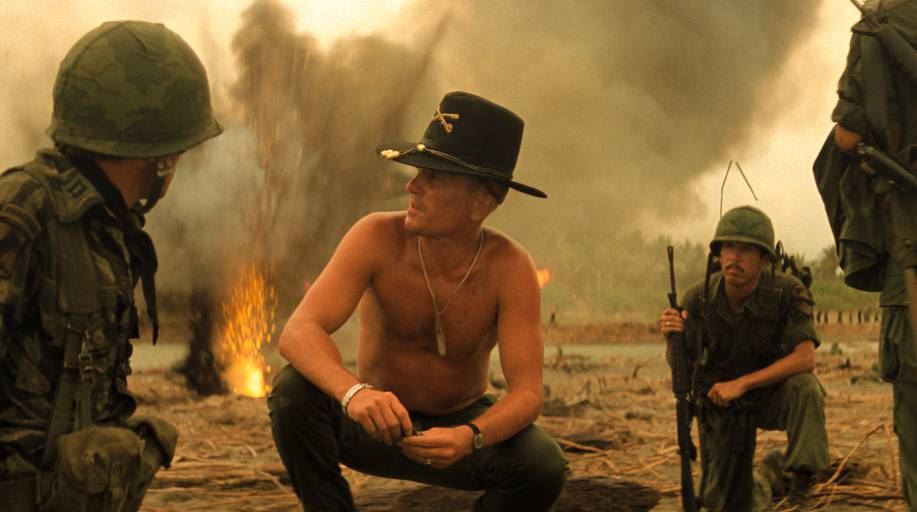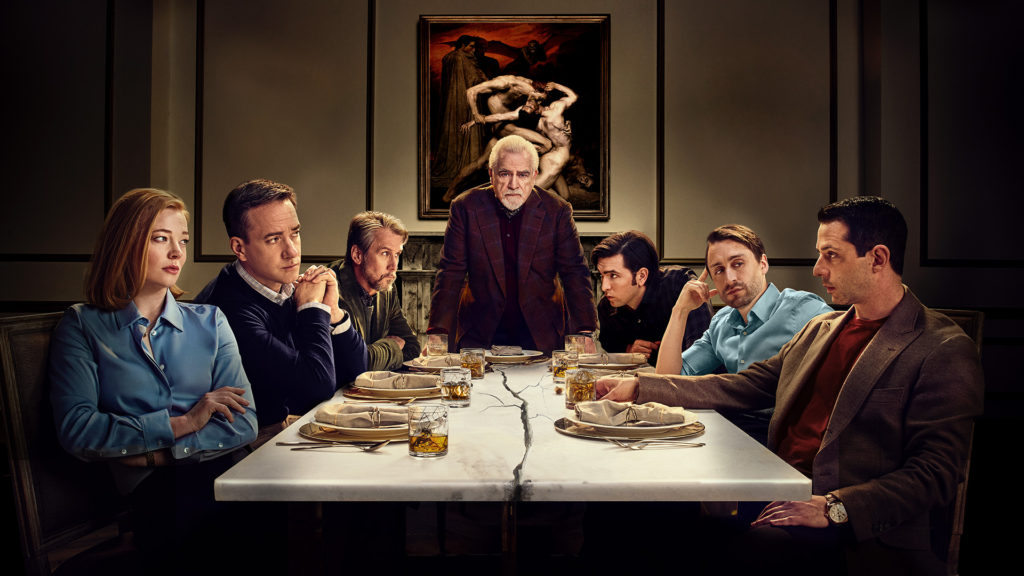
I keep waiting for some local arts organization of size and standing to mount an exhibition of “Art in the Age of Trump.” Not just some pop-up gallery of struggling artists on food stamps, but a big, region-representing organization like the Walker, the Wiseman or the MIA, that’ll put it’s name on a show exhibiting what Trump and Trumpism has inspired in painters, sculptors, dancers, musicians and filmmakers.
I really gotta stop holding my breath.
To use graphic arts as an example, for three years now there has been a torrent of Trump-related output. My sister sends me a dozen a week. There are literally thousands of pro and amateur-produced cartoons, magazine covers, posters, GIFs and video mash-ups — many profane, vulgar and provocative as well as hilarious. Virtually all are available for curation, that IMHO would draw a very large crowd. Personally, I’d have no problem laying out $20 to see a show of the best of that kind of work, from all over the world.
The assumption is that the membership of a major arts organization like the Walker, for example, would trend heavily toward believing that Trump is an appalling buffoon, and a revolting offense to enlightened sensibilities. But that said, you know and I know a show of Trump-inspired art (some of it could be pro-Trump I suppose, I just haven’t seen as much) is still far … far … too hot a topic for a provincial arts establishment. The Whitney in New York, sure. But proudly progressive Minnesota? Ehhh … we’re not there yet.

Trepidation about going all in with a demonstration of artistic response to the Age of Trump is of course part of the “normalization” process we hear so much about, usually in the context of hyper cautious traditional media organizations. (“Trepidation” of course suggests that someone within a big arts organization has actually considered the possibility of such a show.)
While the standard response from regional daily newspapers and TV stations is that they are simply being judicious and “fair-minded” by avoiding anything “provocative”, it’s nearly impossible for them to dispel suspicions that they simply don’t want to risk the financial impact of blowback from political partisans.
All this was going through my fevered head as I plopped into my seat to see Francis Ford Coppola’s third version of his Vietnam war classic, “Apocalypse Now”, back in theaters this week in a gorgeous 4K digital restoration and with a stunning, enhanced soundtrack.

Shot a year after the fall of Saigon, the film is so much that big American films are not in 2019. As much as the vivid, semi-fantastical spectacle of the film and the ceaseless run of dialogue that is now woven into every day conversation — “Charlie don’t surf!”, “I love the smell of napalm in the morning” — you are struck by the sheer ambition and audacity of the project, estimated to cost $112 million in 2019 dollars. There’s nothing shareholder-safe about it. Provocation is it’s intent.
“Apocalypse Now” — and good ahead and niggle with its flaws — is artistic ambition on a grand scale aimed directly into the grill work of a culture mostly content to ignore and quickly forget its worst flaws.
Both Coppola and his investing studios took an enormous gamble on a piece of mainstream entertainment that after a dozen years of the war’s horror and waste adamantly refused to soothe passions and conscience. The indictment of the American military and American culture was both vivid and remorseless. It was, to use a much over-worked critic word, a “searing” experience, designed with great artistic verve to provoke and discomfit. And because of that and Team Coppola’s artistic sensibilities it is a classic.
I ask you, who in Hollywood is doing that today? Quentin Tarantino, a bona fide “A-list” director, has a nice hit on his hands with, “Once Upon a Time in Hollywood”, his reimagining of the Manson era in LA, and it offers a couple lines about the effect of countless hours of B-movie/bad TV cop and cowboy slaughter on impressionable minds. But after 35 years in the movie business Tarantino remains purely an entertainer, with nothing particularly fresh or illuminating to say about who we are and why we as Americans do the things we do. For $112 million, Hollywood in general is content with China-friendly super heroes and Dwayne Johnson disaster flicks, provocation need not apply.
On TV the HBO series, “Succession”, the thinly-disguised satire of the Murdoch empire and family, seems closest to evolving into a tangible and provocative commentary on the Trump era, where the wider, deeper impact of gross cynicism and self-interest on the general culture is not a matter of concern to any of the principal players. (“The Handmaid’s Tale” must also be acknowledged.)

Please offer suggestions of prominent musicians responding to this current era, a la Dylan in the ’60s. I assume somewhere on the Pitchfork charts is a singer or band as disgusted by Trumpism as Coppola was by the signature episode of misanthropy and racism of his era.

Even the Handmaid’s Tale can’t really be considered a contemporary artist’s critique of Trump, since the core story was written more than three decades ago in the mid-1980s. However, in the more recent episode, which go beyond the plot of the novel, there are Trump jabs inserted by the successors of Atwood — caged women, border closings, Canada welcoming asylum seekers…